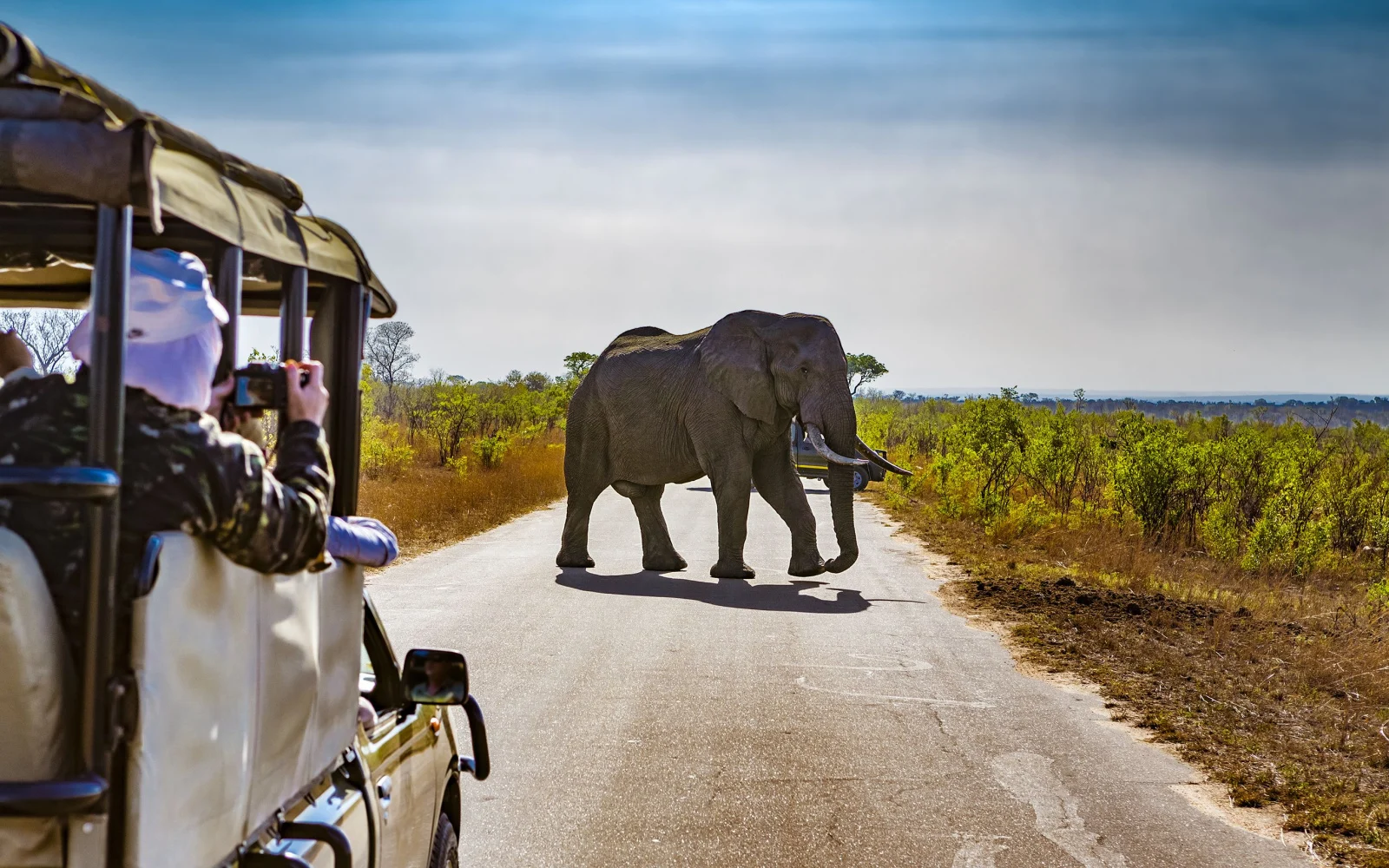What's the best time for a South African safari?
The best time for a South African safari is May to September, when dry weather ensures optimal wildlife spotting in parks like Kruger and Pilanesberg. Temperatures are comfortable, in the low 60s°F (about 17°C). However, expect larger crowds and higher prices between June and August, so book early.
Ready to start thinking about possible dates for your safari trip? Below, you’ll find the best time for a South African safari along with the best month, cheapest time, and worst time to go.
Overall Best Time for a South African Safari
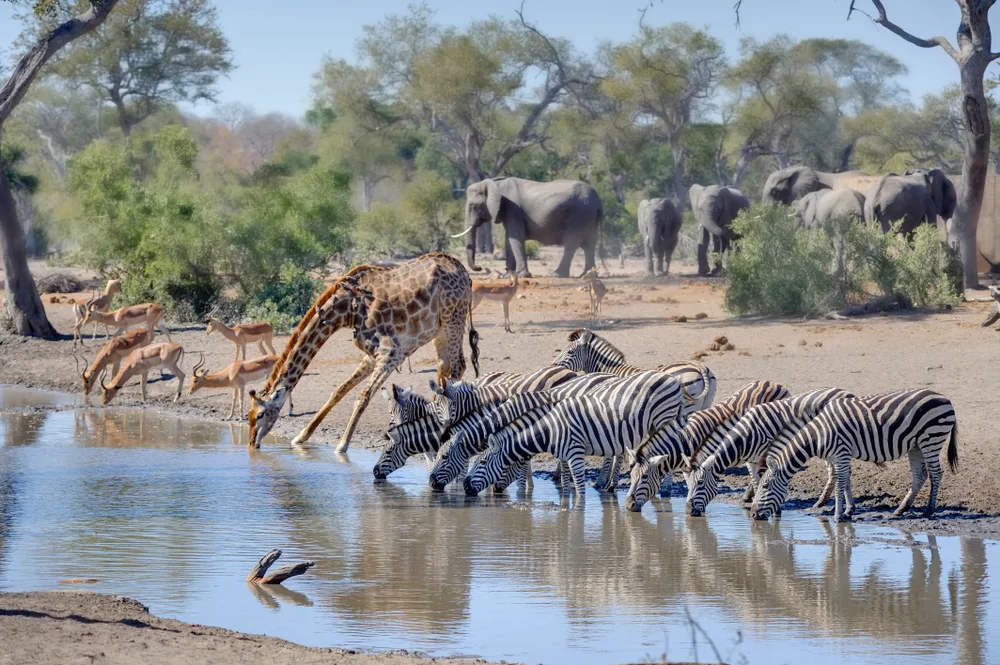
The best time to take a South African safari is from May until September, during the heart of the South African winter.
The weather is dry and mild with a few windy days throughout much of South Africa during the winter. It’s ideal safari weather and quite comfortable with temperatures in the low 60s (around 17C).
Kruger National Park, KwaZulu-Natal, Pilanesberg, and Madikwe especially offer great wildlife spotting and safari opportunities during the winter months.
As your safari guide brings you close to watering holes where animals congregate, you’ll catch glimpses of rhinos, lions, leopards, African elephants, zebras, warthogs, giraffes, and more.
From June to August, South Africa experiences its high season with a peak in tourism as people arrive in time for the perfect safari conditions. If you plan to travel between June and August, prepare for higher prices, make sure to book your safari well in advance, and bigger crowds.
Best Month for a South African Safari
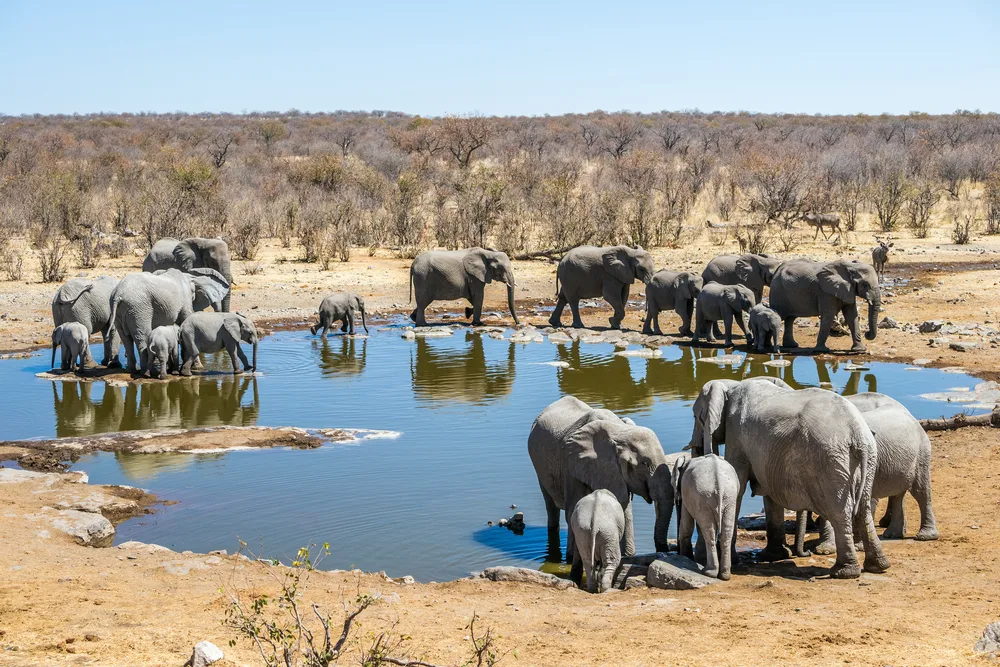
Efimova Anna/Shutterstock
The best month for a South African safari is in September, which holds the best weather possibilities in much of South Africa.
If you’re interested in going during the absolute best time for a South African safari, go in September. It’s the tail end of winter when the area begins welcoming spring. It’s not just the best time for safaris – there are tons of benefits to going to South Africa during the month of September.
Wildflowers are blooming, you can check out whale migrations and festivals, catch the best surfing opportunities, and experience mild weather that makes outdoor activities ideal.
You won’t run into the mega-crowds of the peak winter season and wildlife spotting opportunities are off the charts during September. Prices also take a slight dip this month as visitor numbers begin to dwindle, making it the all-around best month for a South African Safari.
Cheapest Time for a South African Safari
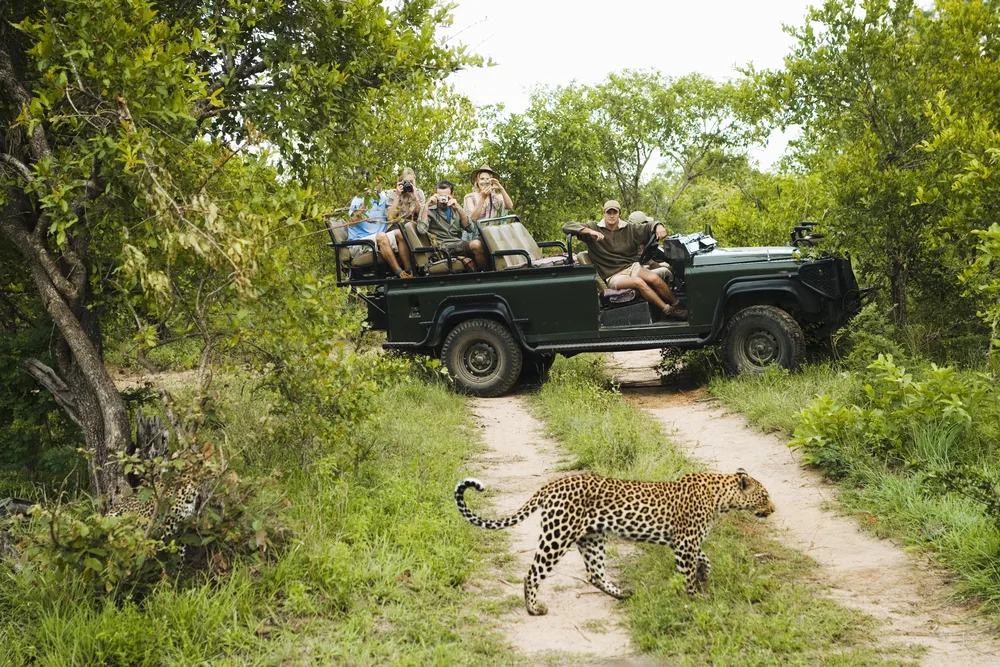
sirtravelalot/Shutterstock
The cheapest time for a South African safari is November to April, which covers the wet and humid summer season.
From November through March-April – the “green” season – South Africa receives a lot of rain and a rise in temperature that fuels lush vegetation growth. The more greenery, the harder time you’ll have spotting wildlife hanging out.
But during this season, you will have the bonus of getting to view more baby animals! Since fewer people come to South Africa for safaris during the green season, prices take a noticeable dip during this time.
You’ll run into fewer crowds and have your pick for safari booking times and dates.
If you want to book your safari with the cheapest rates and don’t mind seeing less wildlife overall, November to April is certainly the cheapest time for a South African safari and may be well worth your time.
Worst Time for a South African Safari
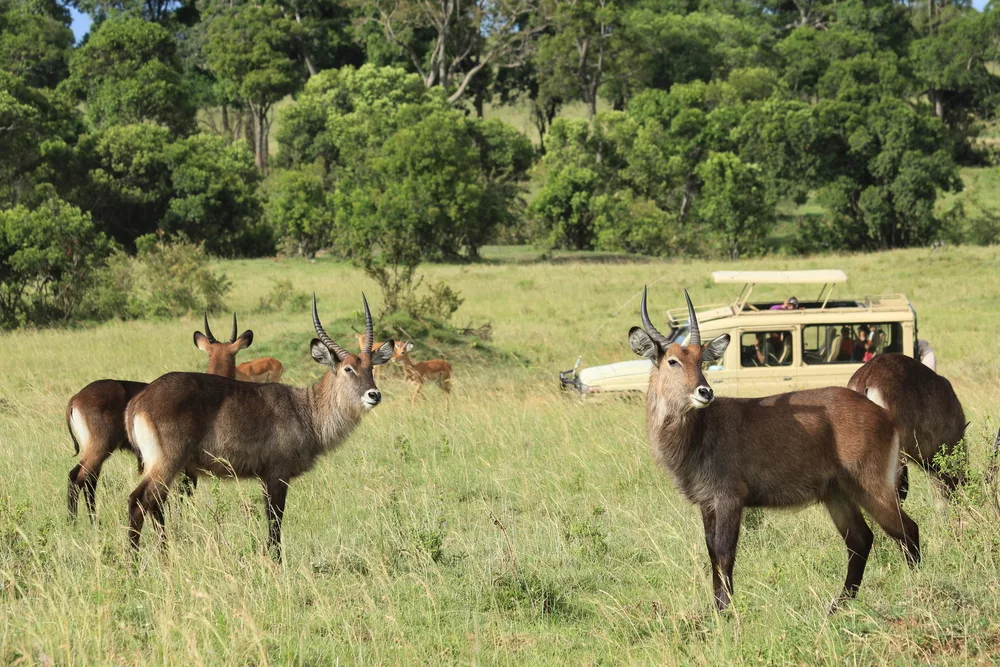
Junko as Female Traveller/Shutterstock
The worst time for a South African safari is from October until February. This is the rainy, warm summer season that makes wildlife viewing the most difficult.
From November to April, South Africa experiences its summer “green” or low season. Prices are cheaper and you’re more likely to spot baby animals, but bigger animals are harder to spot with the lush vegetation.
The vibrant greenery and tall grass makes for great photos and really transforms the South African landscape, but it definitely makes safaris less satisfactory with fewer wildlife spotting opportunities.
While January is the hottest month for South Africa (with highs up to 104F around the Orange River), the entire period from October to February presents challenges for safari tours.
From nonstop rainstorms and tall grasses that block animal views to big crowds during the summer holiday, there’s a lot on the con list for this time of year.
If you must travel to South Africa during October to February, rework your trip to birdwatch instead of a full safari or spend time on the beaches and exploring around Cape Town instead.
Things to Consider
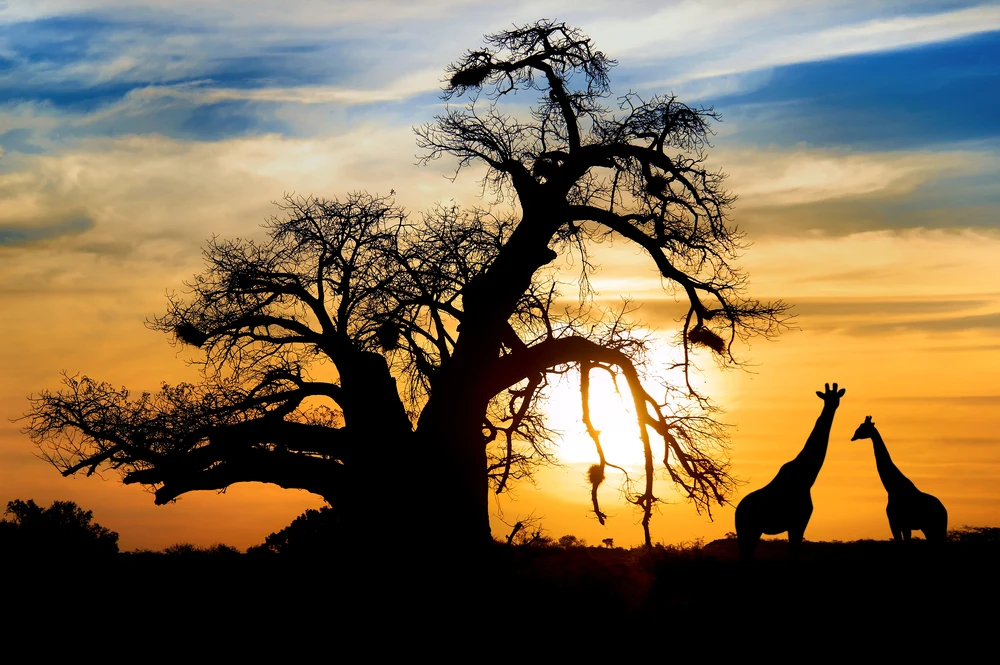
SW_Stock/Shutterstock
What else should you know about going on safari in South Africa before you start officially planning your trip? Here are some helpful tips to keep in mind while you mull it over:
- Make sure to pack layers. The mornings and nights are chilly during peak safari season in the winter (May-September), so bring layers. You might find the open air vehicles quite cold as you’re driving around on safari without them!
- Bring bug spray. The horror stories about Tsetse flies laying eggs in human flesh are bad enough, but mosquitoes that may carry malaria and other infectious diseases are also a concern here. Pack plenty of bug spray or grab some as soon as you arrive.
- Try to visit for 2 weeks. The New York Times lists 2 weeks as the ultimate trip length for a safari because it gives you enough time to fully explore the wildlife and camp in different regions. If you can’t take the full 2 weeks, aim for a week at least to experience all South African safaris have to offer.
- Don’t forget the sunscreen. South Africa receives a lot of sun during the peak safari season – and year-round. To ensure you don’t ruin your safari with a stinging sunburn, pack plenty of sunscreen and aim for SPF 50+ to protect your skin from dangerous rays. A hat and lightweight, breathable long sleeves and pants are also smart things to pack!
- Follow the rules. While the rules will vary according to the safari tour company you book with, they’re always there for your safety. You’re generally going to need to stay inside the vehicle for the entire duration and avoid calling out to the animals or drawing their attention, which can spook them.
- Know the general costs. Safaris aren’t cheap, costing anywhere from $200/day to $1,000/day depending on the type of tour you choose. Travel to and from different camps is included, but tips for your guide, driver, and food costs may run you an additional $50/day.
So, What’s the Best Time for a South African Safari?
The mild, dry winter months – April through October – are the overall best time for a South African safari. The winter months feature windy, dry weather with mild temperatures.
Grasses are low and vegetation is dry, making the best viewing opportunities for South Africa’s many animals. That makes the winter season, especially May through September, truly perfect for a South African safari.
From May to September, you’ll have amazing opportunities to view wildlife and game in South Africa.
If you can budget for this kind of trip during the right time of year, you’re guaranteed a memorable trip that you’ll look back on fondly for decades. You might find yourself drawn to come back soon. Happy travels!



